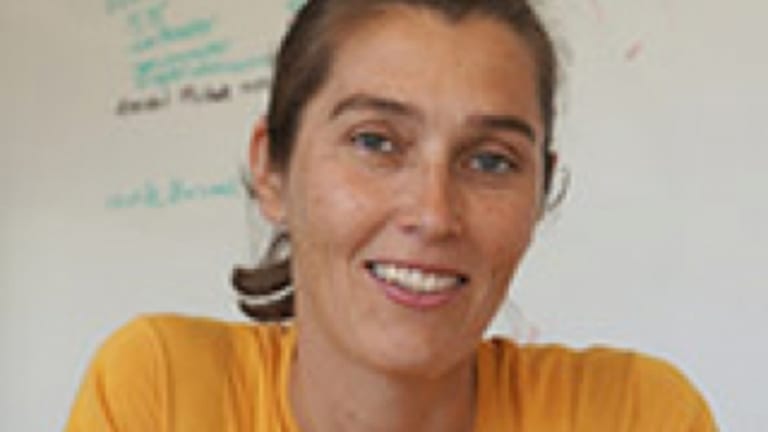From junior to tenure: player-turned-professor Ania Bleszynski
By Aug 18, 2020ATP Finals
Taylor Fritz battles past Alex de Minaur at ATP Finals, Jannik Sinner qualifies for semifinals
By Nov 14, 20242024 WTA Takeaways
Kasatkina, Krejcikova, Muchova, Jabeur: Stylish shotmakers that make tennis more enjoyable
By Nov 14, 20242024 WTA Takeaways
Zheng Qinwen, Paula Badosa and Danielle Collins made powerful statements in 2024
By Nov 14, 2024Betting Central
Pick of the Day: Alex de Minaur vs. Taylor Fritz, ATP Finals
By Nov 14, 2024Style Points
Carlos Alcaraz breathing “a little bit better” in Turin, thanks to new pink nasal strip
By Nov 14, 2024ATP Finals
Alexander Zverev defeats Casper Ruud at ATP Finals to improve to 2-0 in round-robin group
By Nov 13, 2024ATP Finals
Carlos Alcaraz’s two ATP Finals matches have been a microcosm of his recent up-and-down form
By Nov 13, 2024Lifestyle
Holger Rune doubles up on vacation time with epic off-season trips to Dubai, Maldives
By Nov 13, 20242024 WTA Takeaways
Jasmine Paolini, Jessica Pegula, Elena Rybakina, Naomi Osaka: Four big questions
By Nov 13, 2024From junior to tenure: player-turned-professor Ania Bleszynski
“What tennis has taught me was absolutely invaluable,” says the former top-ranked junior in the United States. “You know what it takes to work hard.”
Published Aug 18, 2020
Advertising

From junior to tenure: player-turned-professor Ania Bleszynski
Advertising
Advertising

From junior to tenure: player-turned-professor Ania Bleszynski